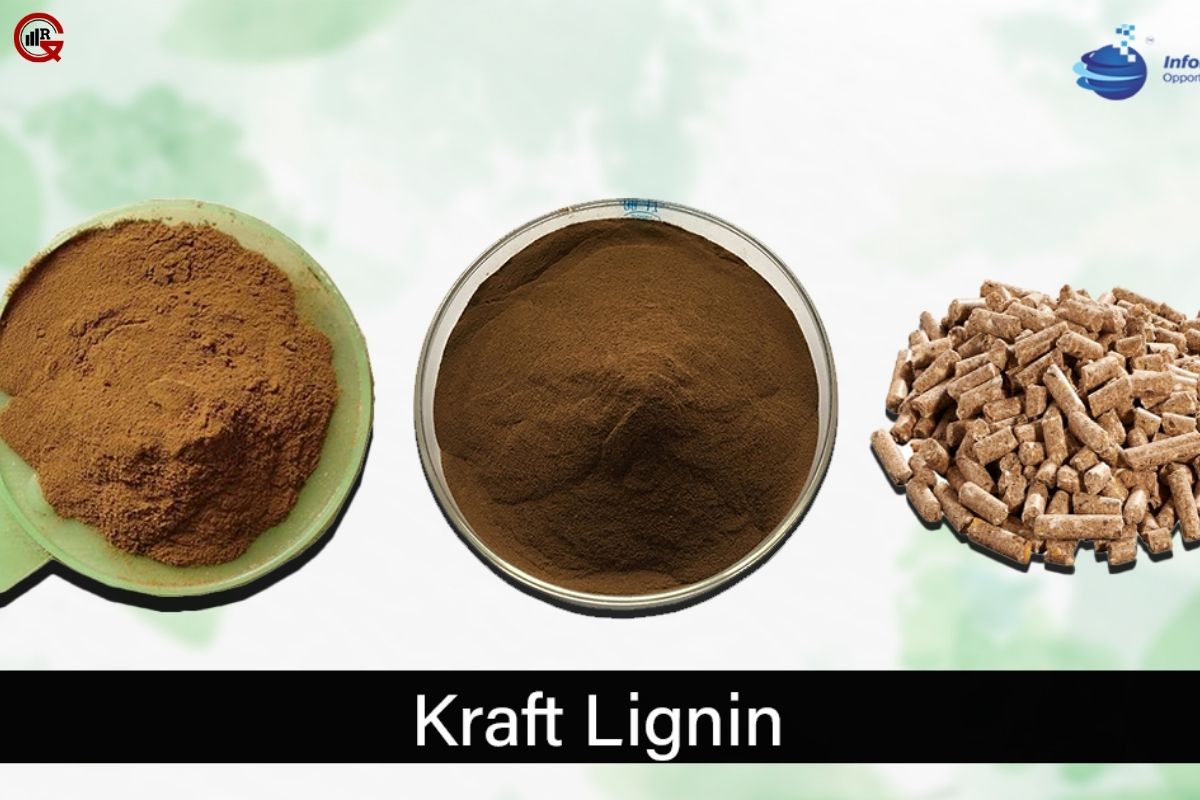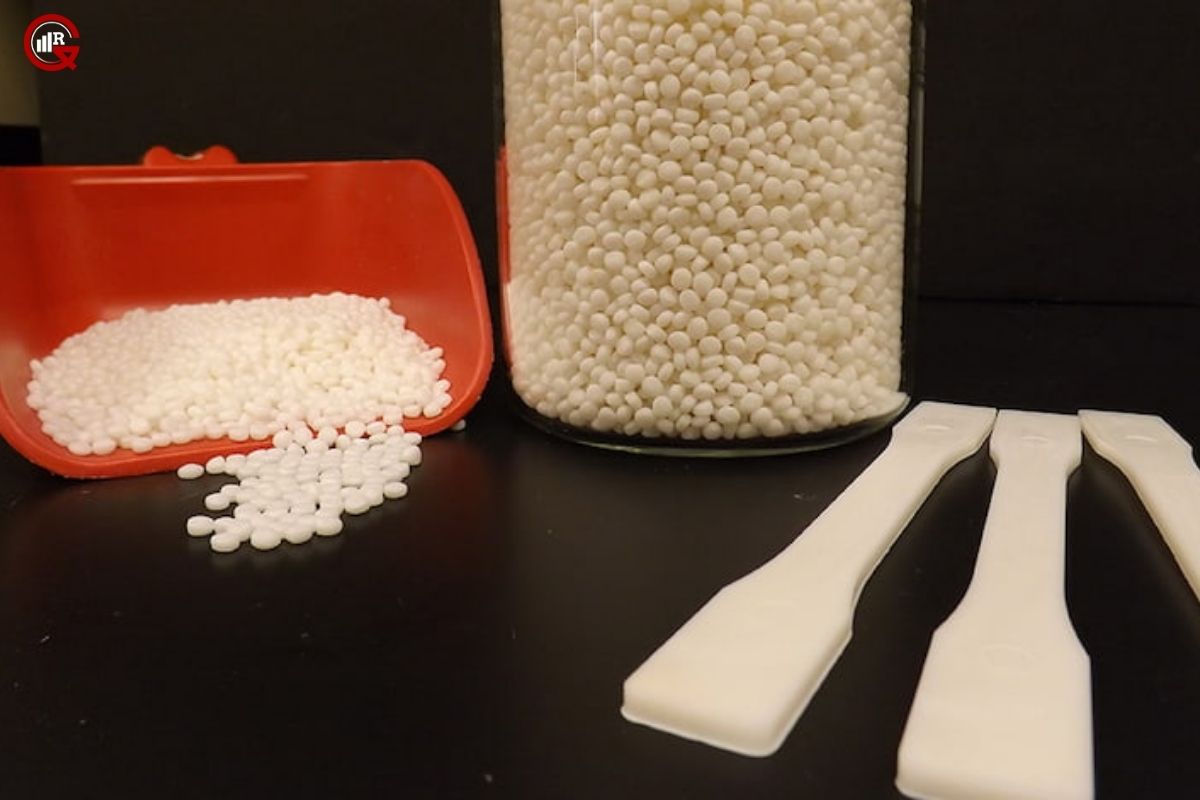(Source – College of Natural Resources and Environment – Virginia Tech).
In the pursuit of sustainable and eco-friendly alternatives to traditional materials, Kraft lignin has emerged as a promising biomaterial. Derived from the byproducts of the paper and pulp industry, Kraft lignin offers numerous applications that could revolutionize various sectors, including energy, construction, and bioplastics. This article delves into the origins, properties, applications, and future prospects of Kraft lignin products, highlighting their potential to contribute to a more sustainable world.
Understanding Kraft Lignin Products
Lignin is a complex organic polymer found in the cell walls of plants, making them rigid and woody. It is the second most abundant natural polymer on Earth, after cellulose. During the Kraft process, used in the paper and pulp industry, lignin is separated from cellulose fibers to produce high-quality paper. This separation results in a byproduct known as Kraft lignin.
Traditionally, Kraft lignin products have been underutilized, often burned for energy within the pulp mill. However, growing interest in sustainable materials has led to extensive research on the potential uses of Kraft lignin, transforming it from a low-value byproduct into a valuable raw material.
Properties of Kraft Lignin Products

Kraft lignin possesses several unique properties that make it suitable for a wide range of applications:
High Carbon Content: With a carbon content of around 60%, Kraft lignin is a potential feedstock for carbon-based materials such as activated carbon and carbon fibers.
Polymeric Structure: Its complex and heterogeneous polymeric structure allows for various chemical modifications, enhancing its versatility.
Antioxidant Properties: Kraft lignin products exhibit strong antioxidant properties, making them useful in applications requiring protection against oxidation.
Biodegradability: As a natural polymer, Kraft lignin is biodegradable, reducing environmental impact compared to synthetic materials.
Applications of Kraft Lignin Products
Renewable Energy
One of the most promising applications of Kraft lignin is in the field of renewable energy. Its high carbon content and energy density make it an excellent candidate for biofuel production. Kraft lignin can be converted into bio-oil through pyrolysis or hydrothermal liquefaction, offering a sustainable alternative to fossil fuels. Additionally, it can be used to produce high-performance carbon materials for energy storage devices, such as batteries and supercapacitors.
Bioplastics and Polymers

Kraft lignin products can be used as a bio-based filler or additive in the production of bioplastics, enhancing their mechanical properties and reducing reliance on petroleum-based plastics. Lignin-based polymers can be utilized in various applications, including packaging, automotive components, and consumer goods. Researchers are also exploring the development of lignin-derived thermoplastics and thermosetting resins, which could further expand their applications in the plastics industry.
Construction Materials
In the construction sector, Kraft lignin can be incorporated into composite materials to improve their strength and durability. For example, lignin-based adhesives and binders can be used in the production of engineered wood products, such as plywood and laminated veneer lumber. These lignin-enhanced materials offer superior performance and sustainability compared to conventional adhesives derived from fossil fuels.
Pharmaceuticals and Cosmetics
Kraft lignin’s antioxidant and antimicrobial properties make it an attractive ingredient in pharmaceuticals and cosmetics. It can be used in the formulation of creams, lotions, and other skincare products to provide protection against oxidative stress and microbial contamination. Additionally, lignin-based drug delivery systems are being investigated for their potential to enhance the bioavailability and controlled release of therapeutic agents.
Agriculture
In agriculture, Kraft lignin can be used to develop slow-release fertilizers and soil conditioners. Its ability to bind with nutrients and release them gradually improves soil fertility and reduces the need for frequent fertilizer applications. Lignin-based agricultural products contribute to sustainable farming practices by minimizing nutrient runoff and enhancing crop yields.
Future Prospects and Challenges
The future of Kraft lignin products looks promising, with ongoing research and development efforts aimed at unlocking their full potential. However, several challenges must be addressed to fully realize the benefits of Kraft lignin:
Technical Challenges: Developing efficient and cost-effective methods for extracting and processing Kraft lignin is essential. Current processes can be energy-intensive and may not be economically viable on a large scale.
Standardization: The heterogeneous nature of Kraft lignin poses challenges to its consistent quality and performance. Standardizing the production and characterization of Kraft lignin is crucial for its widespread adoption.
Market Acceptance: Gaining market acceptance for Kraft lignin products requires demonstrating their performance and cost advantages over conventional materials. Educating consumers and industries about the benefits of lignin-based products is essential.
Regulatory and Environmental Considerations: Ensuring that Kraft lignin products meet regulatory standards and environmental requirements is important for their successful commercialization. This includes evaluating their biodegradability, toxicity, and impact on human health and the environment.
Innovations and Research
Several innovations and research initiatives are paving the way for the expanded use of Kraft lignin:
Advanced Chemical Modification: Researchers are developing advanced chemical modification techniques to enhance the properties of Kraft lignin, making it more suitable for specific applications. These modifications include functionalizing lignin with various chemical groups to improve its solubility, reactivity, and compatibility with other materials.

Nanotechnology: The use of nanotechnology in lignin research is opening new possibilities for creating high-performance lignin-based materials. Lignin nanoparticles can be incorporated into composites to enhance their mechanical properties and thermal stability.
Hybrid Materials: Combining Kraft lignin with other bio-based or synthetic materials can create hybrid materials with synergistic properties. For example, lignin-cellulose composites can offer improved strength and flexibility for packaging and construction applications.
Biorefinery Integration: Integrating Kraft lignin production into biorefineries can optimize the utilization of biomass and improve the overall economics of lignin-based products. This approach promotes a circular economy by converting lignin and other biomass components into valuable products.
Conclusion
Kraft lignin products represent a significant opportunity to advance sustainable materials and reduce reliance on fossil fuels. With their diverse applications ranging from renewable energy to bioplastics and construction materials, Kraft lignin products have the potential to transform various industries. Ongoing research and innovation are crucial to overcoming technical and market challenges, ensuring that Kraft lignin can achieve its full potential as a key component of a sustainable future. As we continue to explore and develop new uses for Kraft lignin, we move closer to a world where renewable, bio-based materials play a central role in our everyday lives.






